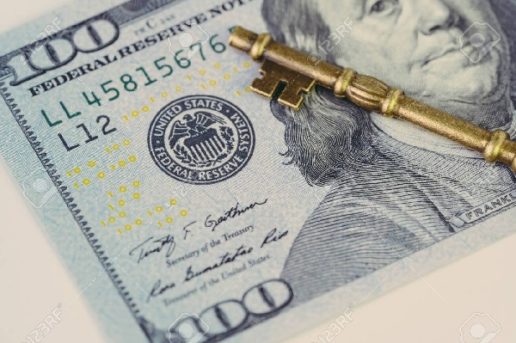
The Federal Reserve probably should not have started to raise interest rates in 2015 on a mistaken assumption that inflation would rise, Federal Reserve Board Governor Lael Brainard said in remarks Tuesday to the New York Association for Business Economics.
Brainard said the central bank should avoid raising interest rates in the future until inflation hits or exceeds the Fed’s 2 percent target for an extend period.
If inflation was below 2 percent for some time, she said, the Fed should also let it tick above 2 percent for a while to ensure the average rate of inflation meets the mark.
“Given the persistent shortfall of inflation from its target over recent years,” Brainard said, “this would imply supporting inflation a bit above 2 percent for some time to compensate for the period of under performing.”
Fed officials have been reviewing their handling of the economy and whether they should adopt a new approach in an era of low interest rates.
Brainard, during her speech, came close to admitting the Fed made a mistake in 2015 when it began to raise a key interest rate that set the cost of borrowing in 2015.
At the time, bank officials believed steady economic growth and the unemployment rate falling toward a 50-year low would eventually lead to higher wages and inflation.
While prices did rise for a while, inflation eventually waned and fell well below the Fed’s 2 percent target.





